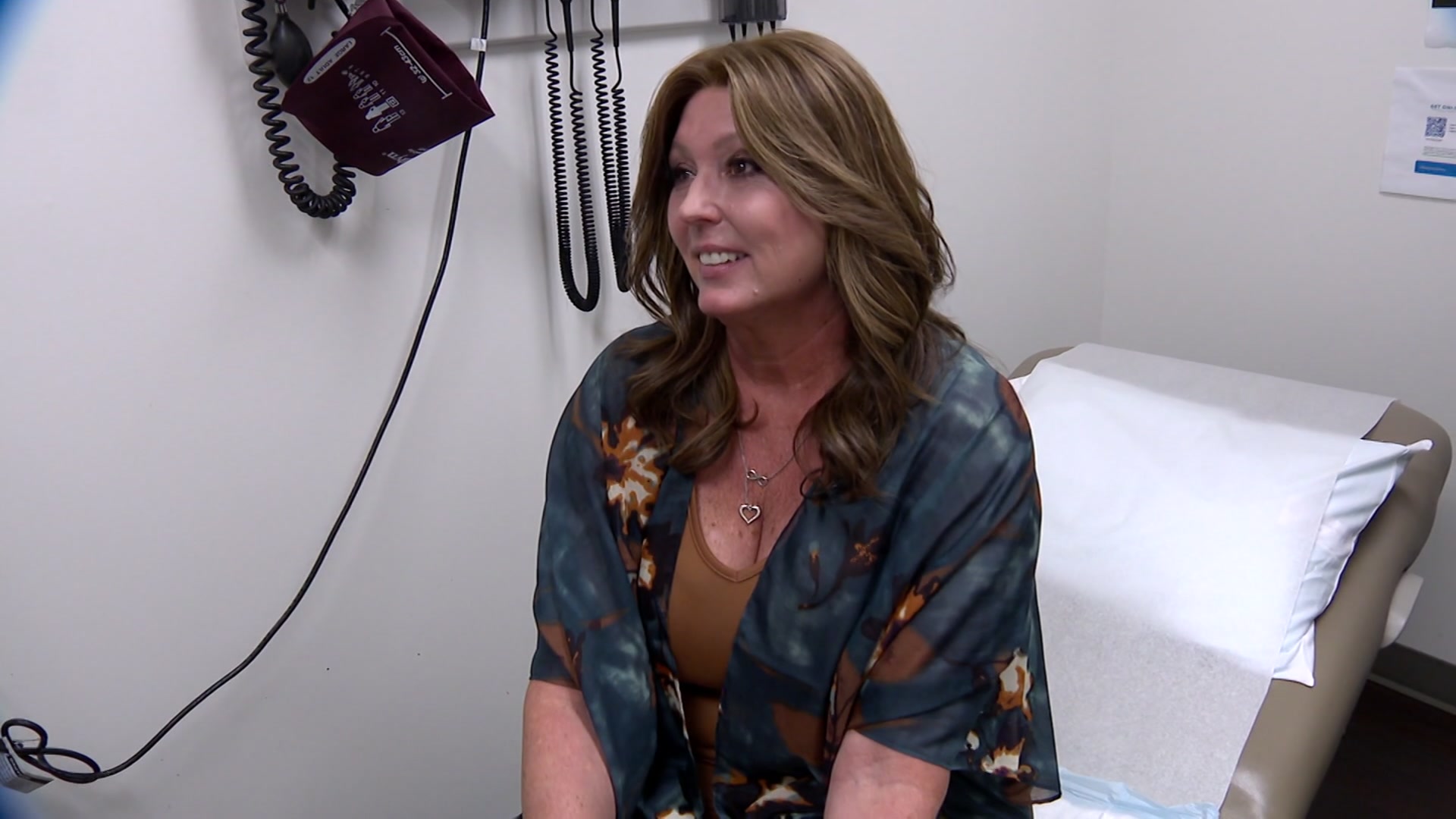Millions of U.S. households added a new pet during the pandemic last year, and experts say there are steps you should take to ease anxiety as life returns to normal.
Approximately 12.6 million U.S. households got a new pet last year during the pandemic, according to a COVID-19 Pulse Study by the American Pet Products Association.
That means as more people return to work, there will be more pets that were used to work-from-home routines now facing a major adjustment.
Watch NBC 5 free wherever you are
But experts say there are things you can do to ease the anxiety for both you and your pet.
"I definitely would recommend that people plan ahead,” said Corey Price, the animal services manager for the city of Irving. “You don’t just want to go back to work and turn that switch off, with your pet being used to you being home for over a year potentially."
Get top local stories in DFW delivered to you every morning with NBC DFW's News Headlines newsletter.
Experts at the Irving Animal Services recommend setting your pet up with lots of toys.
“We definitely recommend puzzle toys, the ones that you can put food in and it takes them some time to get the treats out,” said Price.
Before you head back to the office, start easing into the new routine by leaving the house more frequently and returning home, increasing the duration each time.
Local
The latest news from around North Texas.
Keep an eye out for anxiety. If your dog is destroying everything as soon as you leave the house, take them on a long walk or jog to release that pent-up energy before work.
You also might want to consider crate training or using a pet gate at the start of the new work routine.
Try to carve out some time in the middle of the day during a lunch break to run home and check on your pet.
“There’s lots of opportunities for people to make sure their pets get the stimulation during the day,” said Price.
And if all else fails and your pet is on the needier side, perhaps a pet sitter or doggy daycare is a better option.
During the pandemic, another trend Price is seeing across the country is overwhelmed veterinarians.
The COVID-19 pet adoption boom is one of the main culprits for vet offices being overworked and burned out. More people taking that new pet to get a check-up at the vet.
For example, Banfield Pet Hospital – one of the largest national providers of preventive veterinary medicine – had approximately half a million more pet visits in 2020 than in 2019. And its telehealth service more than doubled in volume from March through the end of last year.
Thrive, another veterinary hospital primary care group, with 110 facilities across the U.S., reported a 20% increase in demand during the pandemic. Both repeated a common refrain — as humans spent more time with their pets, they were more in tune with their ailments — big and small.
“When we talk about silver linings, that has been one of them. All of the veterinarians throughout the pandemic have been very busy. And a lot of it is the preventative stuff that people didn’t have time for when they had a busy schedule,” said Price. “And people are home and they are noticing, ‘Hey something is not quite right with Fido or Fluffy.’ So they get them to the vet.”
Vets were already struggling to meet the pre-pandemic demand, with veterinary schools unable to churn out enough doctors and techs to fill the void.

This report features two adoptable dogs from DFW Humane Society at the Irving Animal Services complex. If you would like to know more about giving 8 week old Goldilocks (right) or 2-year old Sweet Baby (left) a forever home, call 972-721-2256 or click here for more information.



